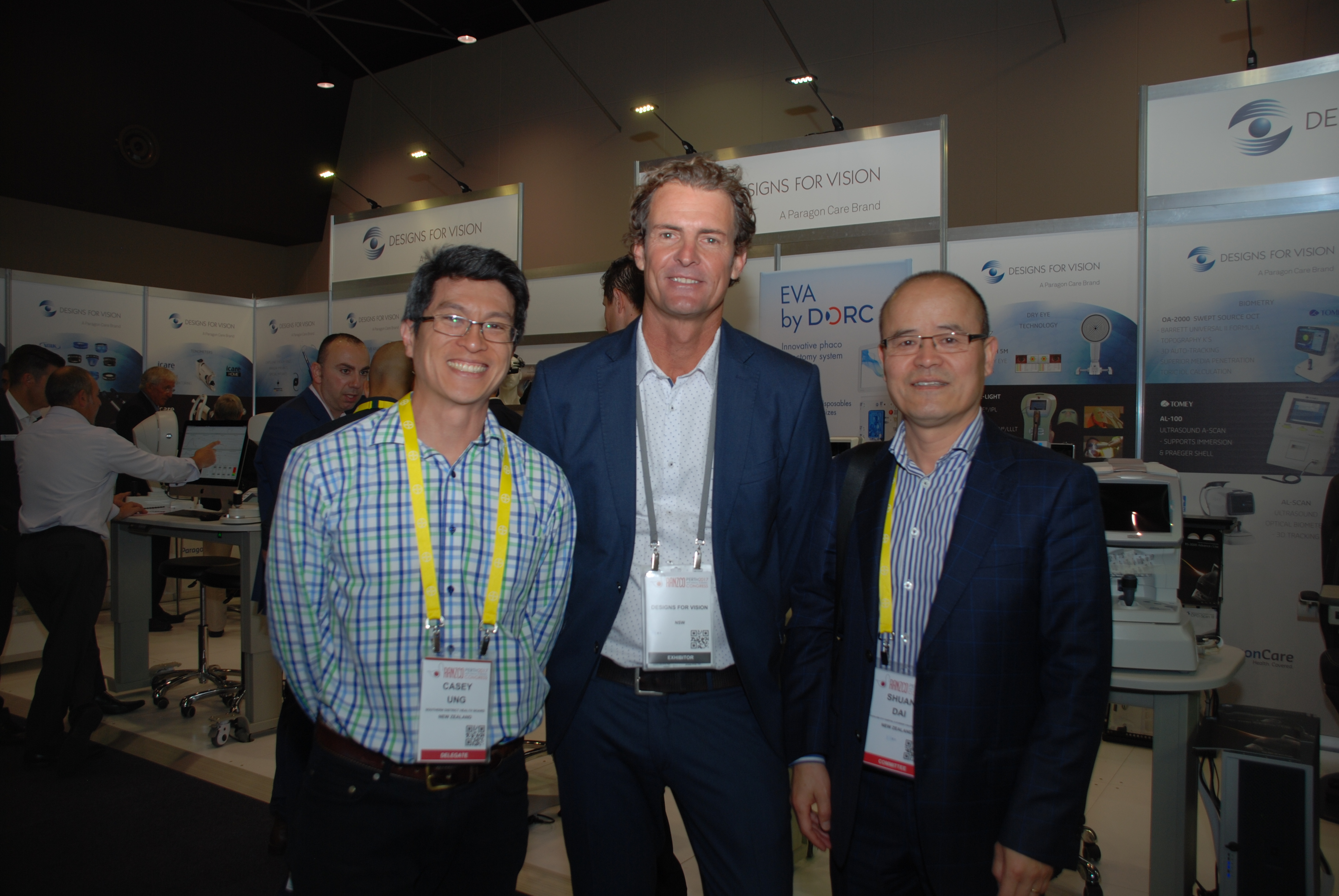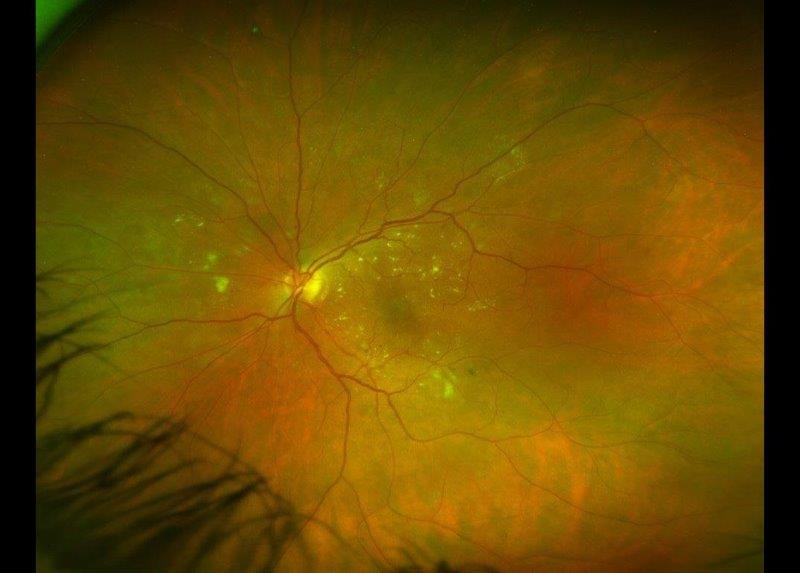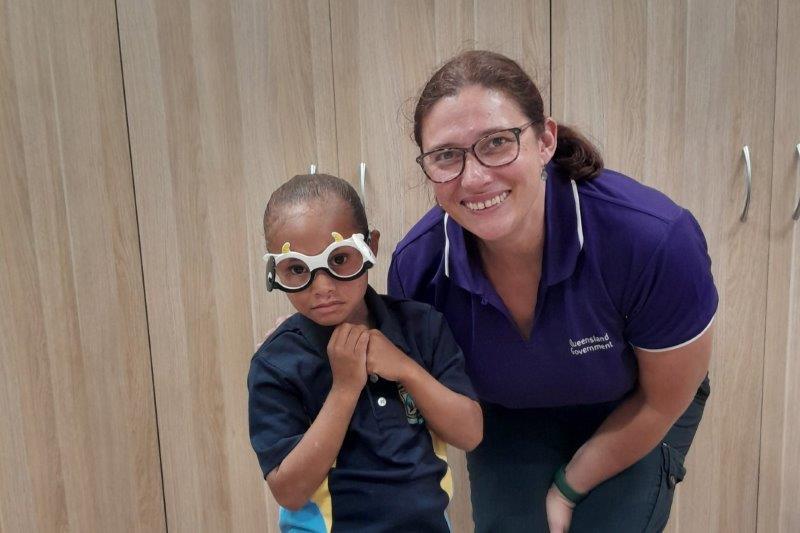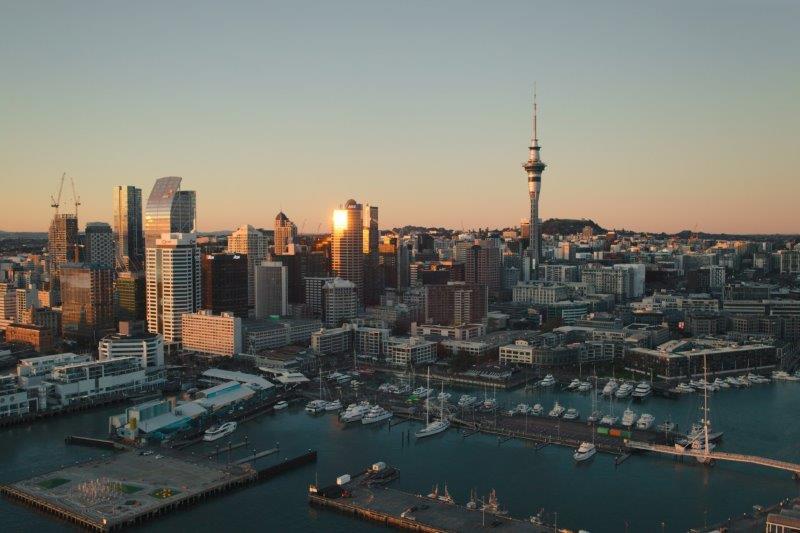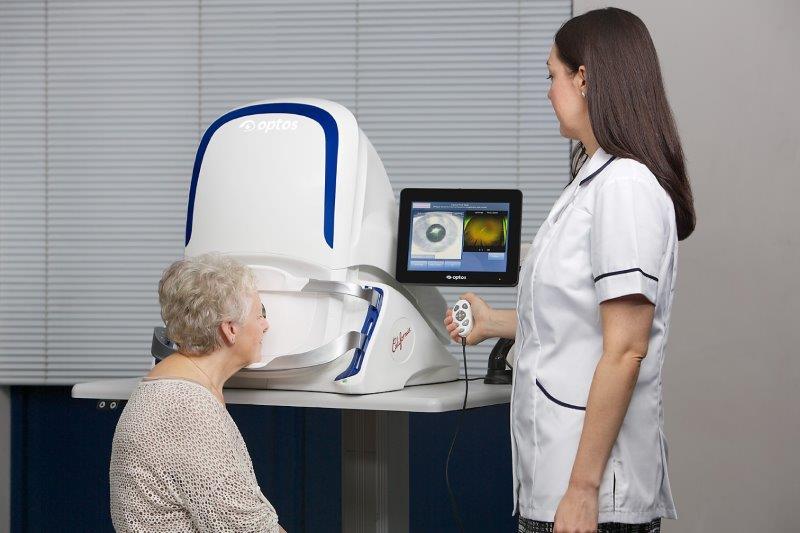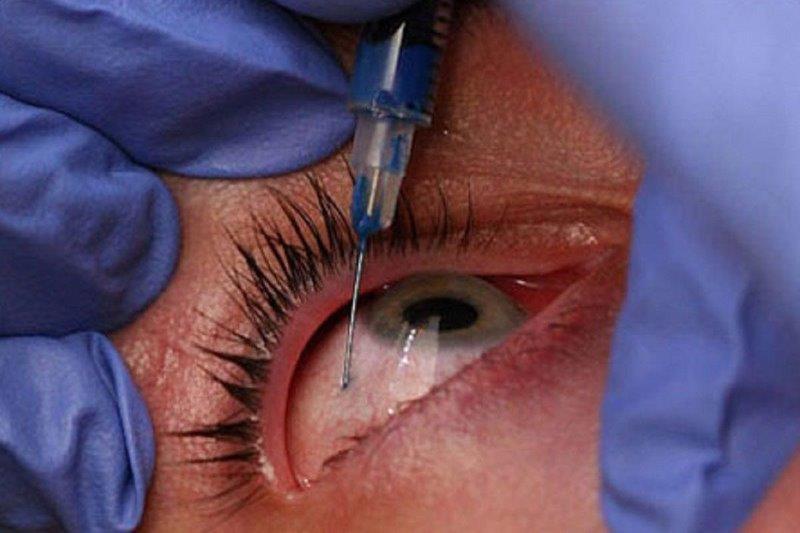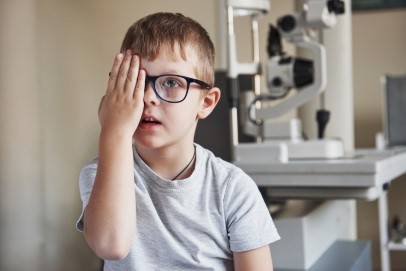RANZCO 2017: A wealth of learning and fun
The stunning expanse of Western Australia was visible from the plane window as we descended into the tranquil city of Perth at the end of October to join the delegates of the 49th Annual Scientific Congress of the Royal Australian and New Zealand College of Ophthalmologists (RANZCO). We convened at the Perth Convention and Exhibition Centre, where delegates from across Australia and New Zealand, together with others from further afield, came to listen, learn, teach and discuss the latest ophthalmological thinking, developments and discoveries.
The RANZCO Congress is renowned for presenting cutting-edge research alongside subspecialty specific clinical learning, together with the latest innovative products to explore between sessions, and the 49th Congress was no exception. (See p3 and X for news from the exhibition floor.)
Keynotes share a wealth of knowledge
This year, delegates were lucky to experience the teaching and knowledge of some incredible keynote speakers.
Dr Bonnie Henderson, clinical professor at Tufts University School of Medicine in Boston and an internationallyrecognised expert in cataract and refractive surgery, graced us with her expansive knowledge of the anterior segment, particularly in relation to cataract surgery. In the Cataract Update Lecture, she challenged the audience to think of the potential causes of negative dysphotopsias following cataract surgery and then explored potential prevention or treatment modalities.
The Glaucoma Update Lecture was presented by Dr Anne Coleman, the Fran and Ray Stark Professor of Ophthalmology at the Jules Stein Institute in UCLA. She took us beyond the typically-thought about glaucoma risk factors, presenting large population data in a simple and clinicallyapplicable manner. We learned how glaucoma may be linked to the pets we own, the food we eat, and even the way we sleep!
Professor Michael Brodsky from the Mayo Clinic in Rochester, Minnesota, updated the Congress on neurodiagnostic malformations of the optic disc. A complex topic made simple by his concise explanations and clinical tips. The audience was then dared to find and consider new solutions to problems in oculoplastics by Professor Don Kikkawa from the Shiley Eye Institute at the University of California in San Diego, who also addressed the ongoing debate of an external versus an endoscopic approach to dacryocystorhinostomy.
Professor Lyndon da Cruz from Moorfields Eye Hospital in London presented the Retina Update Lecture, which seemed like science fiction as it jumped from stem cell to gene therapy and from bionic eyes to robots. He shared the latest research and cutting-edge scientific breakthroughs with an enthralled auditorium.
The named lectures, with one of our own
As well as these amazing invited speakers, delegates to the 49th Congress were overwhelmed by the talent and experience from each of the named lectures. My personal favourite was the Dame Ida Mann Lecture which was given by our very own Professor Trevor Sherwin from the Department of Ophthalmology at the University of Auckland. He presented on the work his clinical group has and is doing on regenerative medicine using stem cells and how today’s understanding of stem cells and how they work has been completely revised, providing incredible potential for the treatment of corneal disease and, possibly, myopia.
We were also honoured to hear about the Alpin’s method for planning cataract surgery from the original source of this development, Melbourne-based ophthalmologist Dr Noel Alpins, himself in the Sir Norman Gregg Lecture.
The Fred Hollows Lecture is always an inspiring reminder of the impact that clinicians and scientists alike can have on individuals around the world. Dr Geoffrey Cohn, honorary medical coordinator of the Myanmar Eye Care Project and Cambodia Eye Care, took everyone on a journey through his many years of establishing eye health programmes around the world and how important it is to make ourselves dispensable through the training of local people. Dr Cohn’s work encapsulates what Fred Hollows was all about.
Plus, from RANZCO updates to AI
If all these amazing speakers weren’t enough, there was a plethora of interesting symposia and rapid-fire presentations run as concurrent sessions to choose between. The biggest problem with the Congress was not being able to be in two places at once with sessions as wide and varied as how RANZCO is helping to drive collaborative care and improve ophthalmological training in Australasia to the latest surgery techniques in a plethora of eye conditions, for patients from the very young to the very old, to how artificial intelligence (AI) is and will continue to make an increasing impact on the practice of ophthalmology.
Dr Stuart Keel, a post-doctoral research fellow at the Centre for Eye Research, Australia (CERA) shared CERA’s work into AI and how it’s developed. One recent study he discussed showed a similar level of accuracy between ophthalmologists and an AI system in identifying and classifying age-related macular degeneration images, but an incredible speed difference, with the AI system taking just 68 minutes compared with three days for the ophthalmologists to work through 5664 images.
Key takeaways and personal highlights
I thoroughly enjoyed all the sessions I attended, however, a few stick in my memory with key takeaways for both everyday practice and potential for future research. The session 'Double vision after cataract surgery' discussed the multitude of reasons, causes and the confusion around double vision post-operatively. Patients who opted for monovision, intraocular lenses have been reported to have decompensation up to two years post-surgery, indicating that a one-hour contact lens trial of monovision may be insufficient. Communication to the patient about the potential need for glasses for finer clarity is key to patient satisfaction. I think this is important for both optometrists and ophthalmologists to know, so that patient expectations can be appropriately set, with support for longer-term contact lens trials offered, allowing patients to make fully-informed decisions for their vision.
Another favourite, was 'Paediatric retina in a nutshell' - a session designed to update generalists on the current trends and breakthroughs in paediatric retina. It was a fast-paced session yet still only scratched the surface of all the interesting developments in this area, from Avastin for retinopathy of prematurity to the further classification and gene identification now occurring for many retinal dystrophies. This session left me in awe of the opportunities for further research to help individual patients. With better understanding of a disease, more treatment options can be developed; with more treatment options, more children can be helped. The passion of all the presenters to search out answers where there are currently questions, left me hopeful and inspired for the future of paediatric retinal disease outcomes.
NZ wins at a challenging conference
The sessions challenged me as a clinician and a researcher and spurred my thought process for further research and collaborations, but most of all they amazed me at the breadth and depth of work being completed in our little corner of the world. In particular, I’d like to extend huge congratulations to Dr Reid Ferguson from the Greenlane Clinical Centre on his Best Paper Presentation, entitled ‘Childhood eye injuries in New Zealand: a 10-year national review of incidence, aetiology and visual outcomes’. I’d also like to congratulate researcher Jane McGhee from the University of Auckland’s ophthalmology department, who took out the top film award with the incredible, ‘Die Another Day or Walking with Dying-Spheres’, a must-watch this summer for anyone interested in ophthalmology!
As to the social side…
Now don’t fret, although there was lots of learning, thinking, discussing, assessing and analysing, there was also time to eat, drink, explore Perth and enjoy the company of our peers.
Socially, RANZCO 2017 boasted a beautiful welcome reception and a resplendent graduation evening, where our own Dr Dianne Sharp was honoured (see pX), and elegant Congress dinner. We were well looked after by the wonderful local hosts, Associate Professor Angus Turner and Dr Fred Chen. My favourite evening was the Congress dinner, which was held in the beautiful Kings Park with a stunning view of the glittering lights of Perth. It began with champagne on the lawn in the botanical gardens and then moved inside, so colleagues, friends, and new acquaintances could mix, meet and mingle. Everyone looked spectacular sporting bow ties to gold sequins, so the evening certainly lived up to its glamourous James Bond theme.
Thus, the conference concluded which each delegate having a fuller belly from the wonderful evening events, a fuller heart from the opportunity to spend time with others who share their passion, and a fuller mind from the incredible scientific programme put together by Professor Helen DaneshMeyer.
A huge thank you to all those who gave their time to make the RANZCO 49th Annual Scientific Congress such a success!
*Samantha Simkin is a therapeutically-qualified optometrist currently completing her PhD in the ophthalmology department at the University of Auckland. With additional reporting by Lesley Springall.










